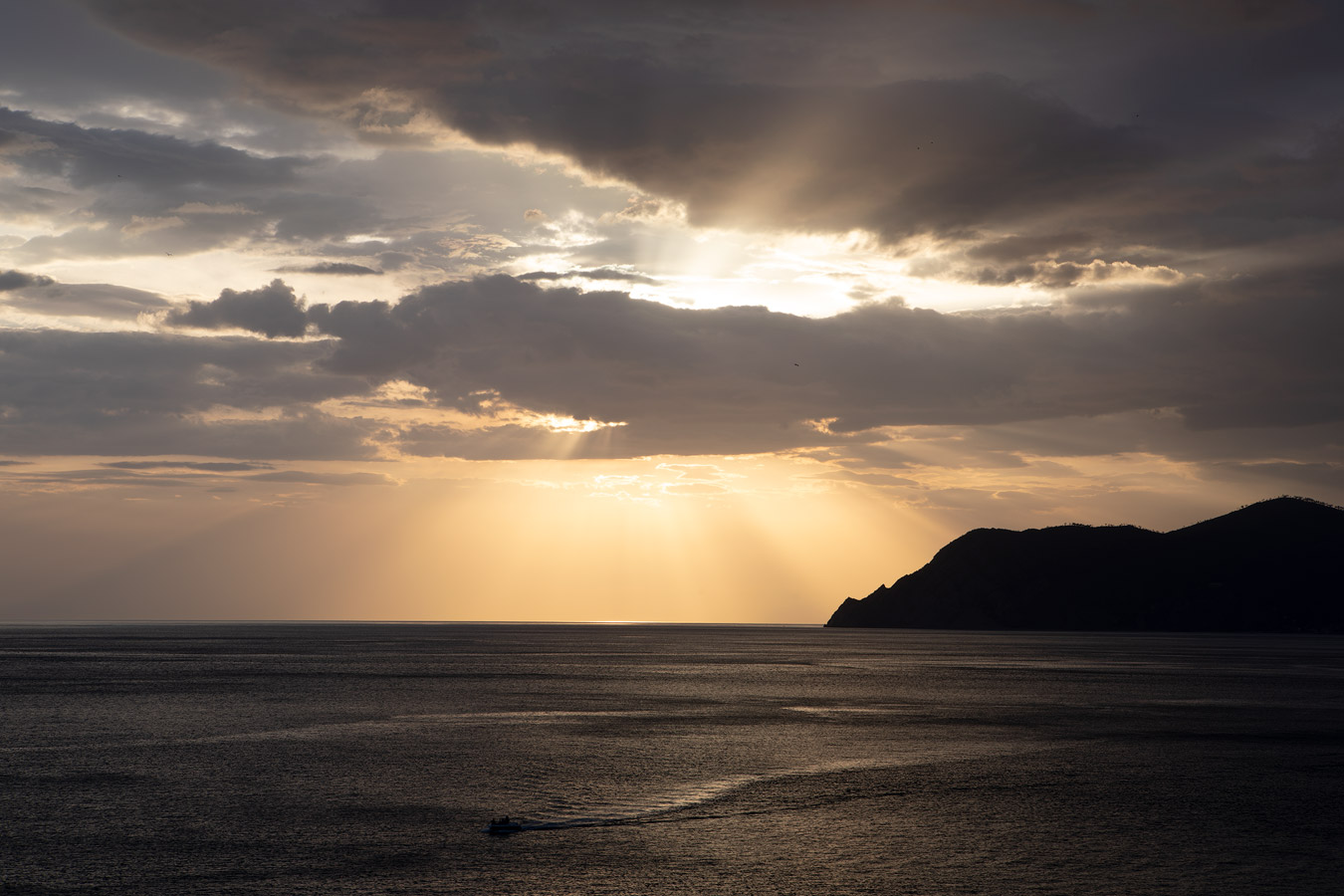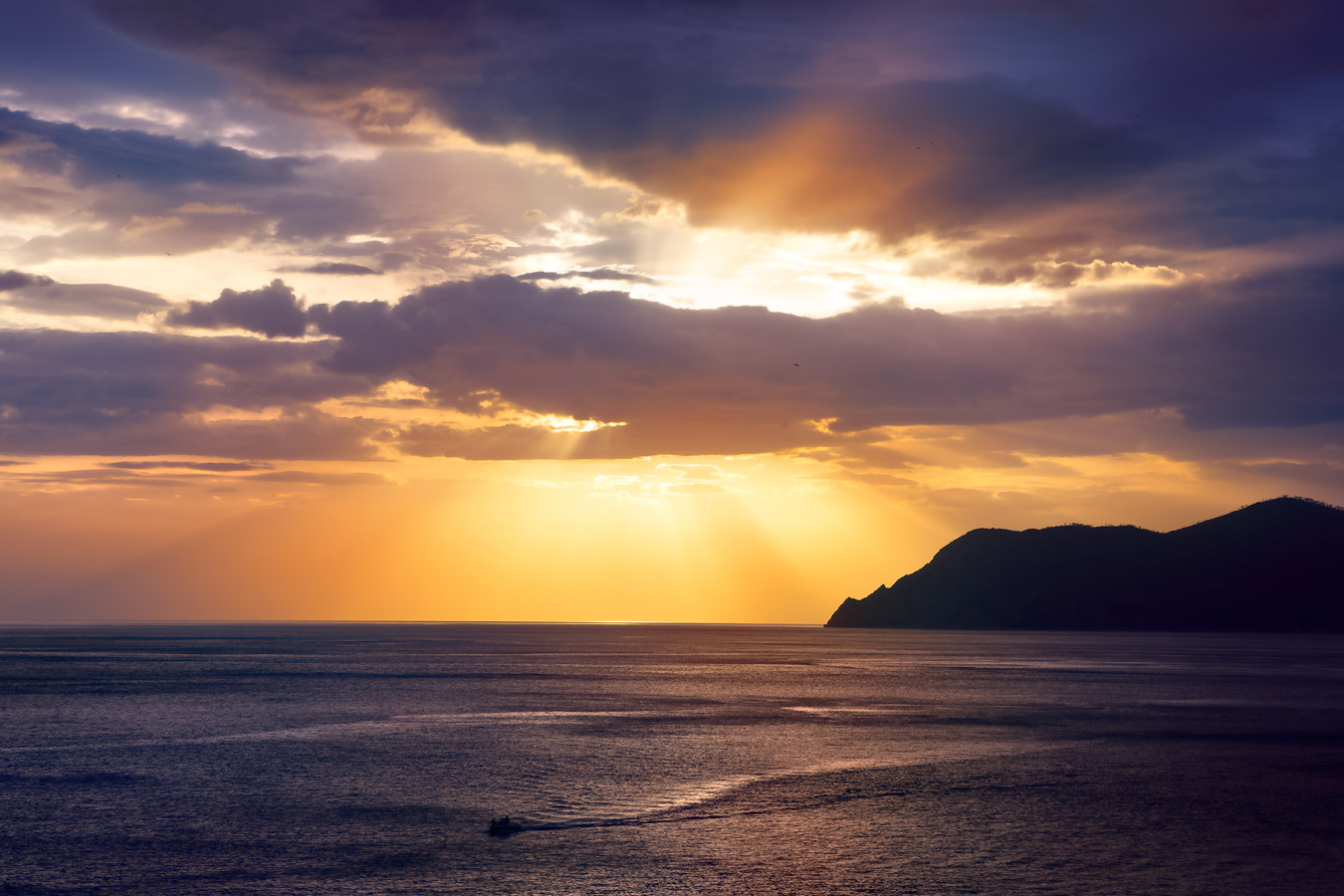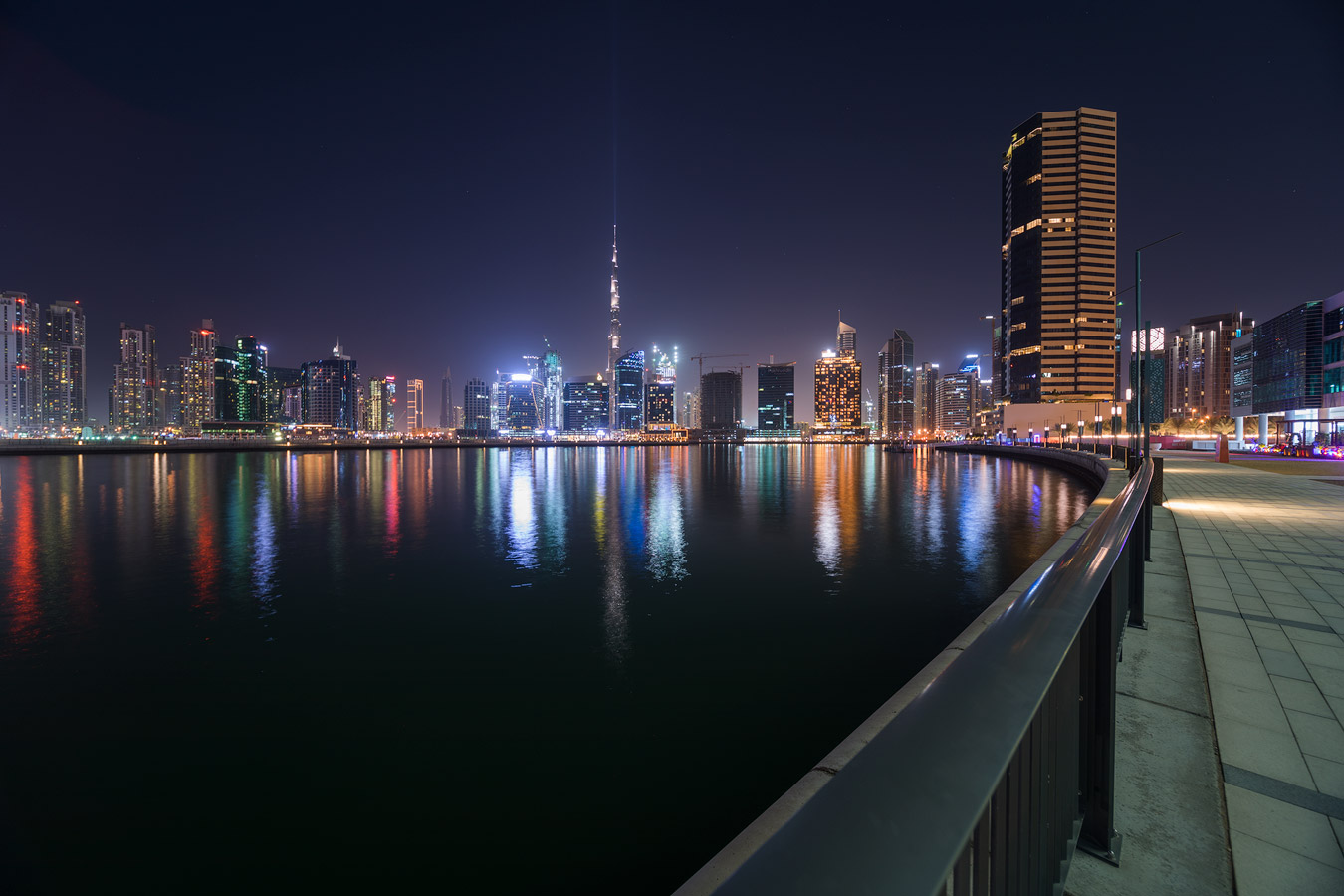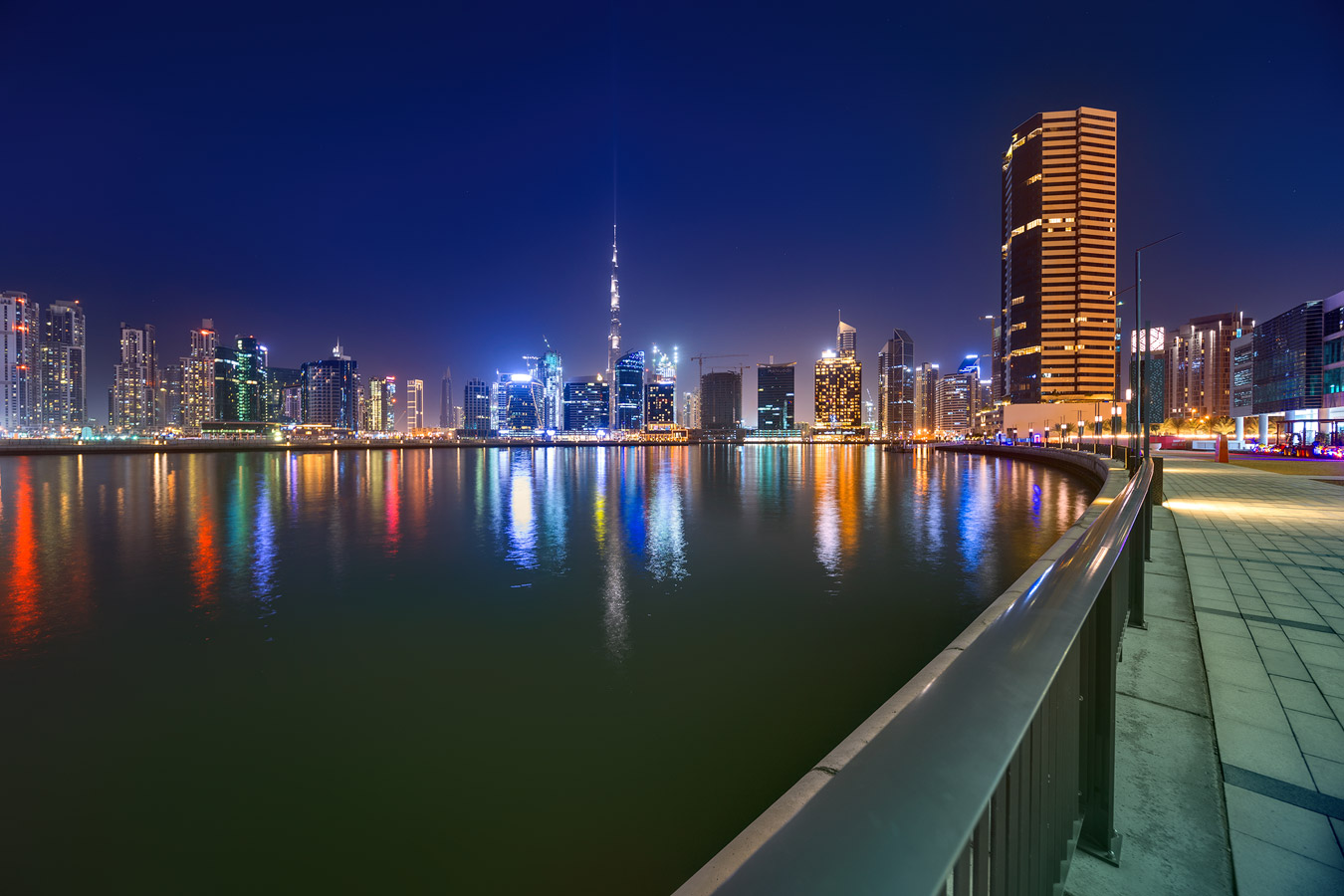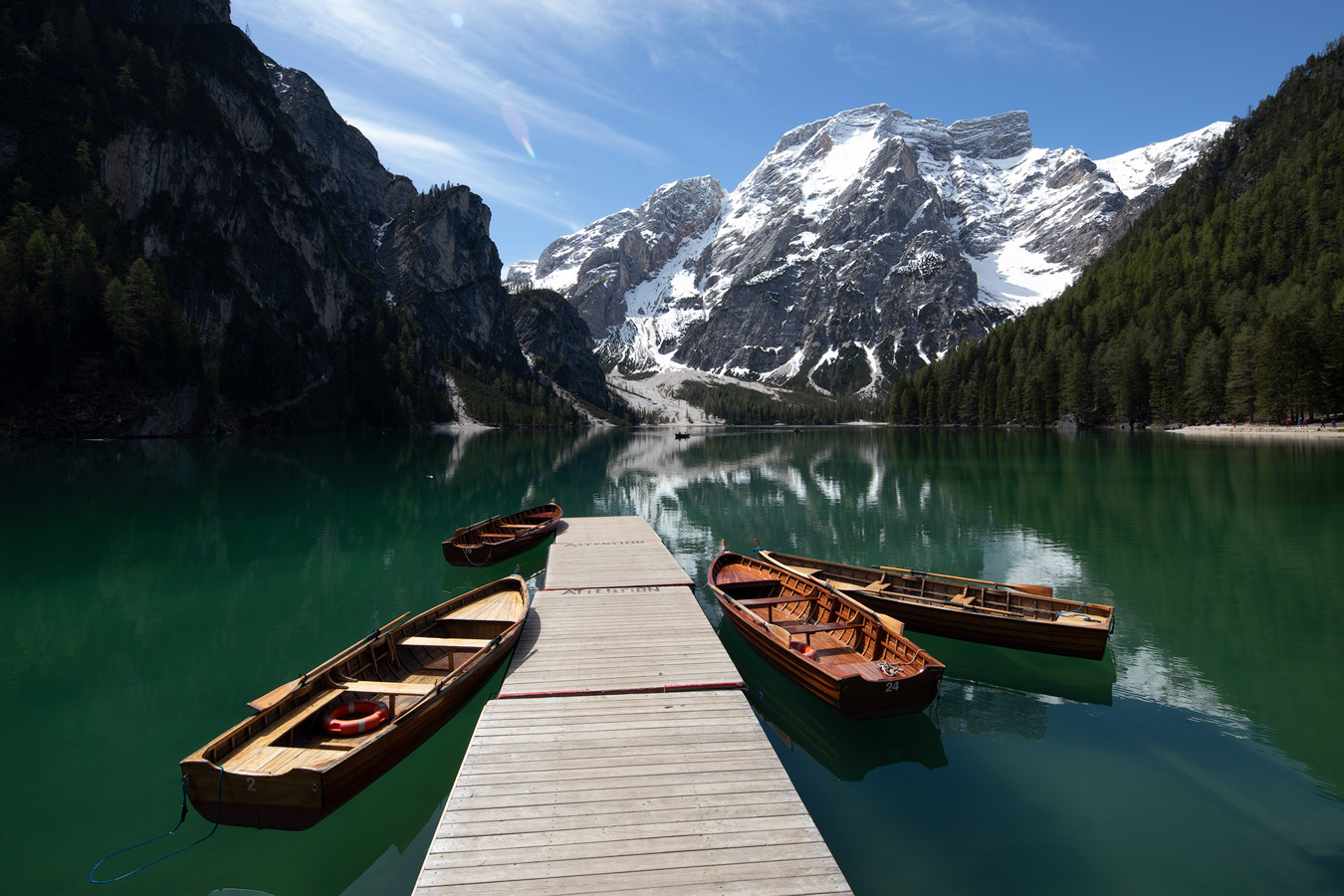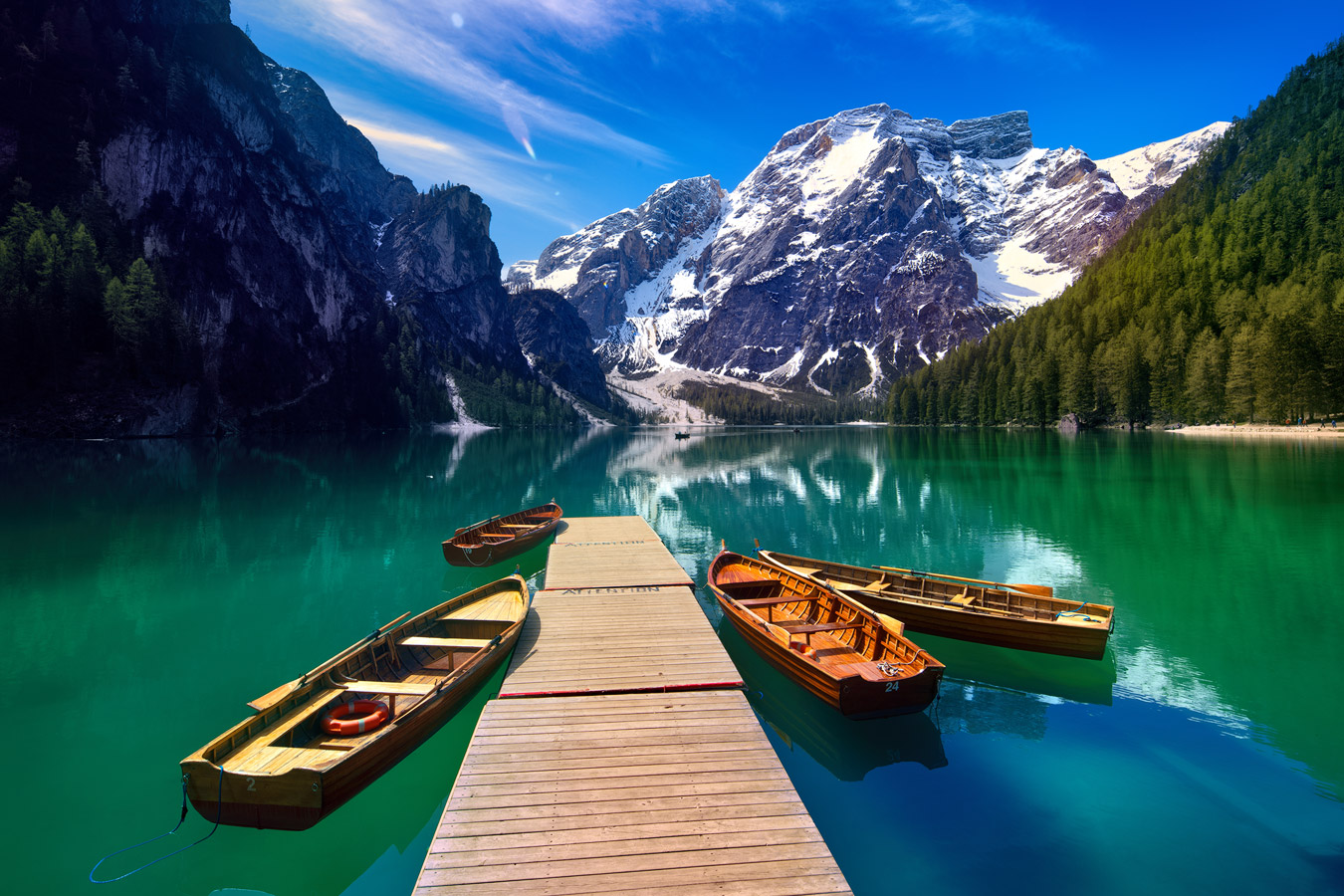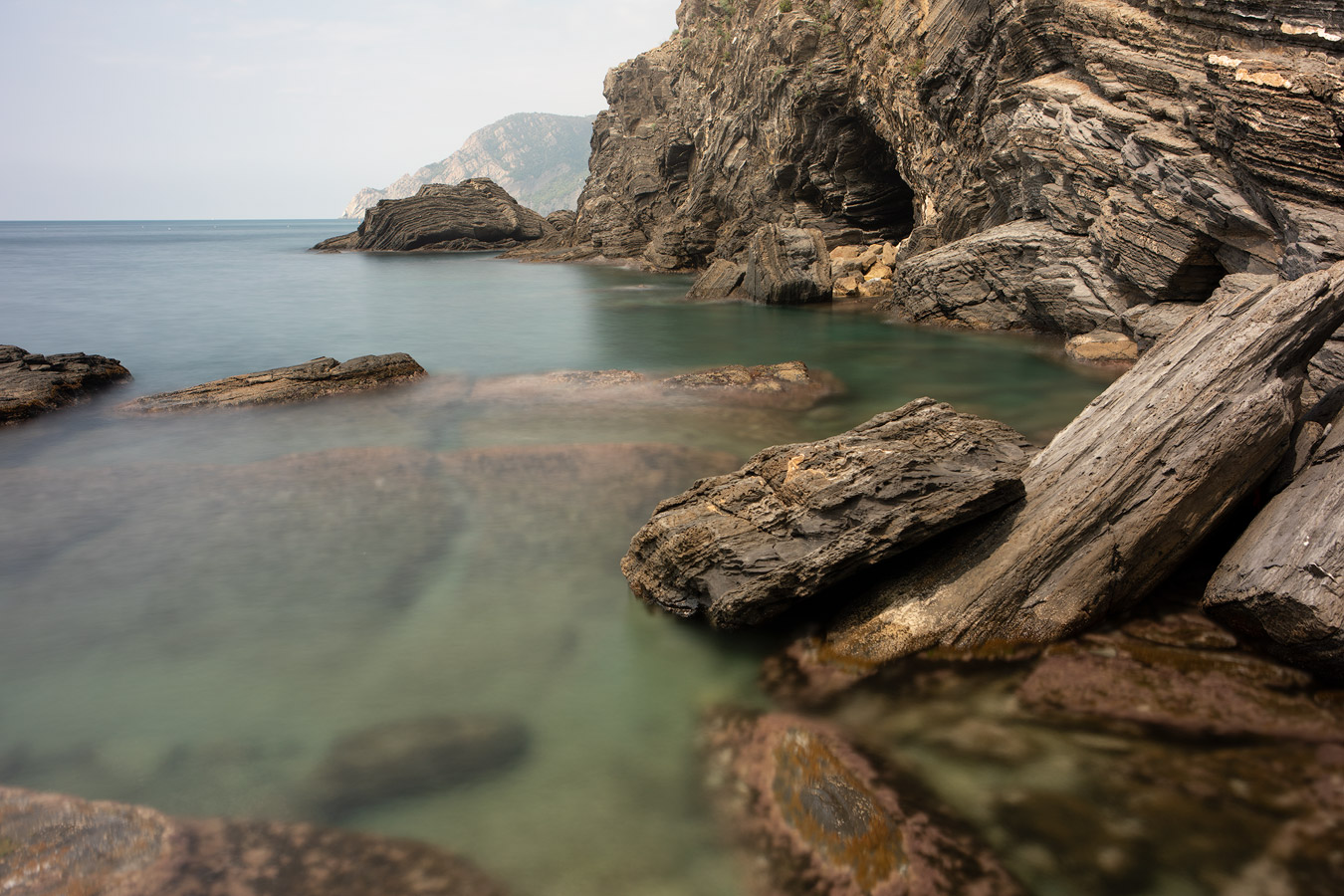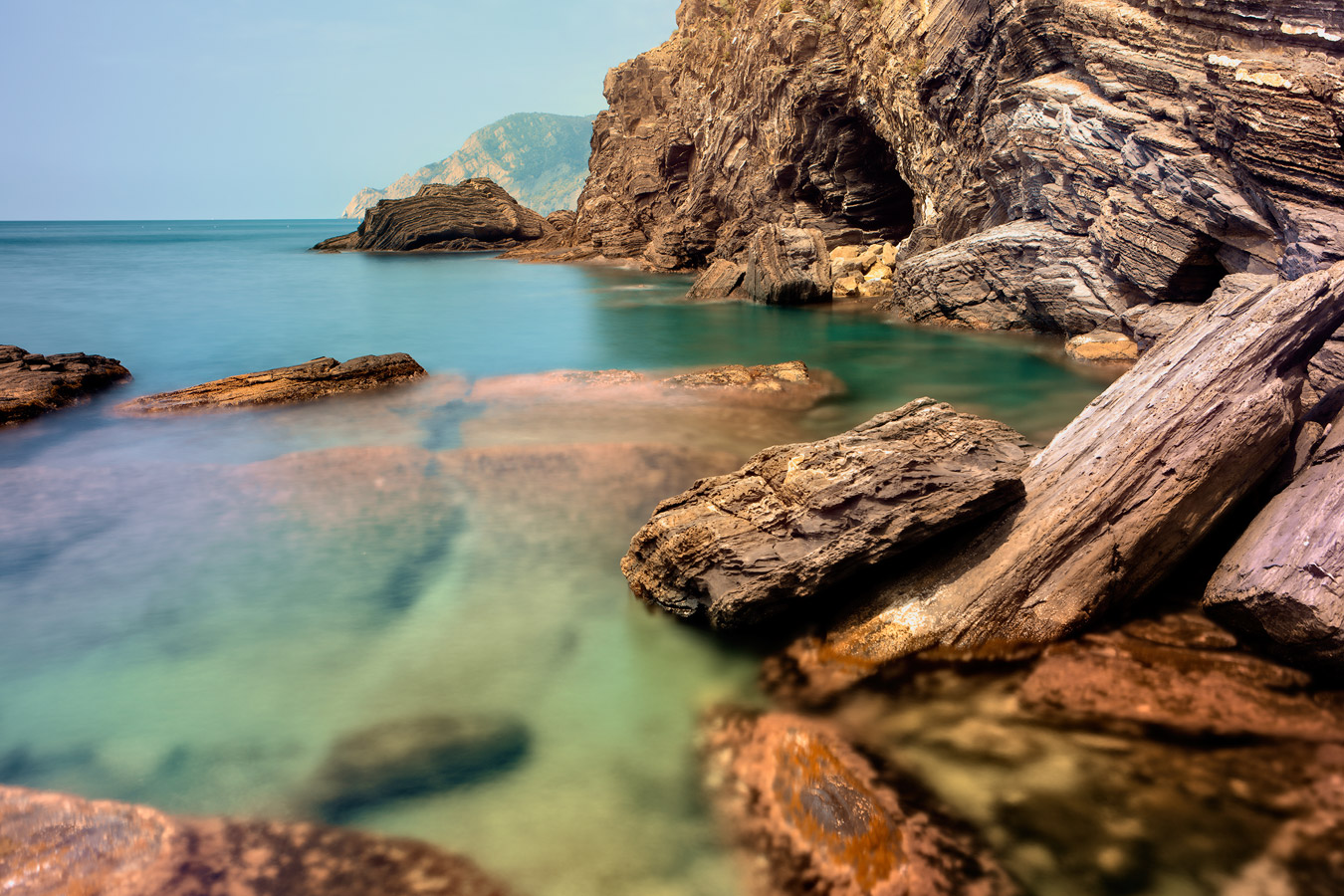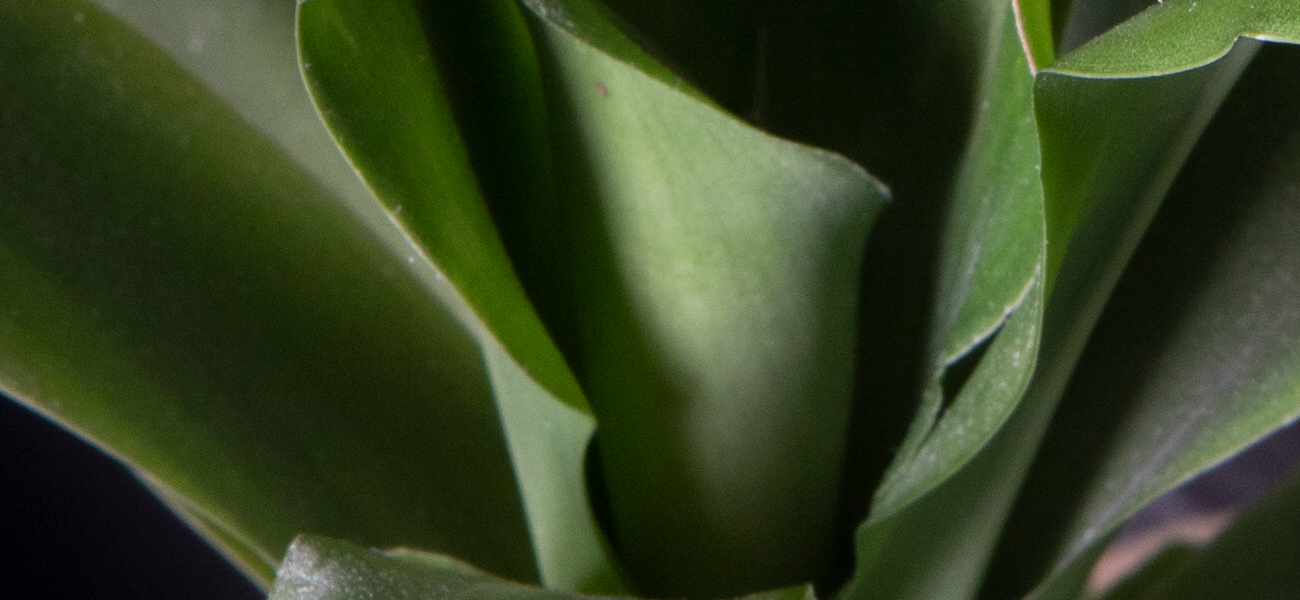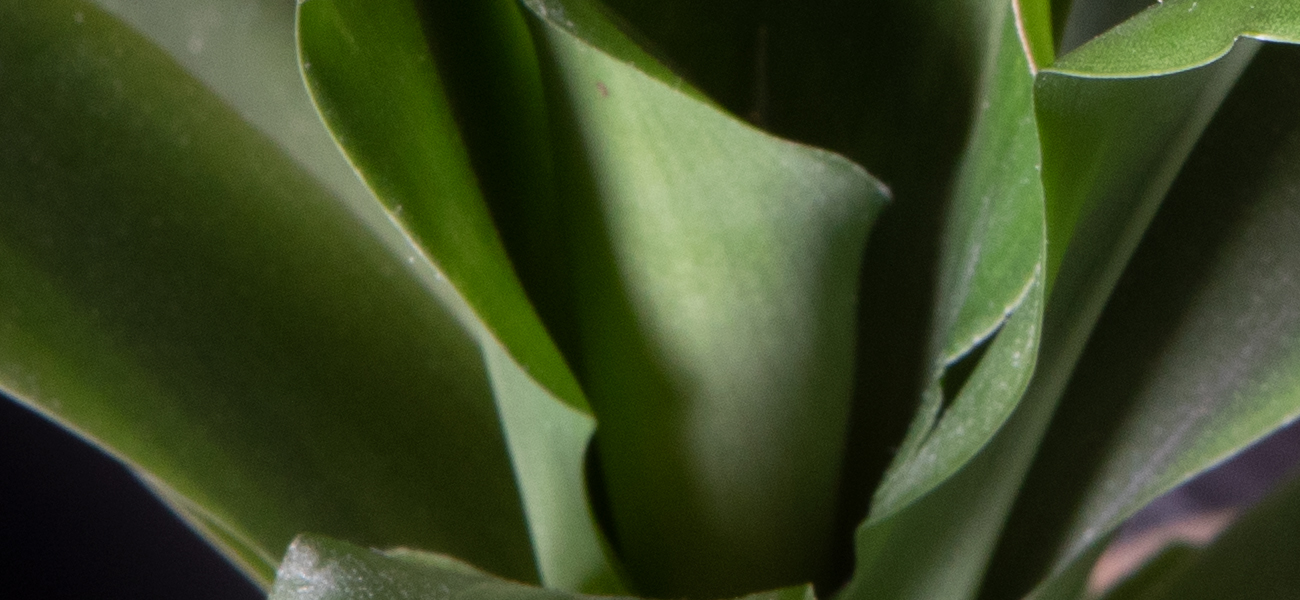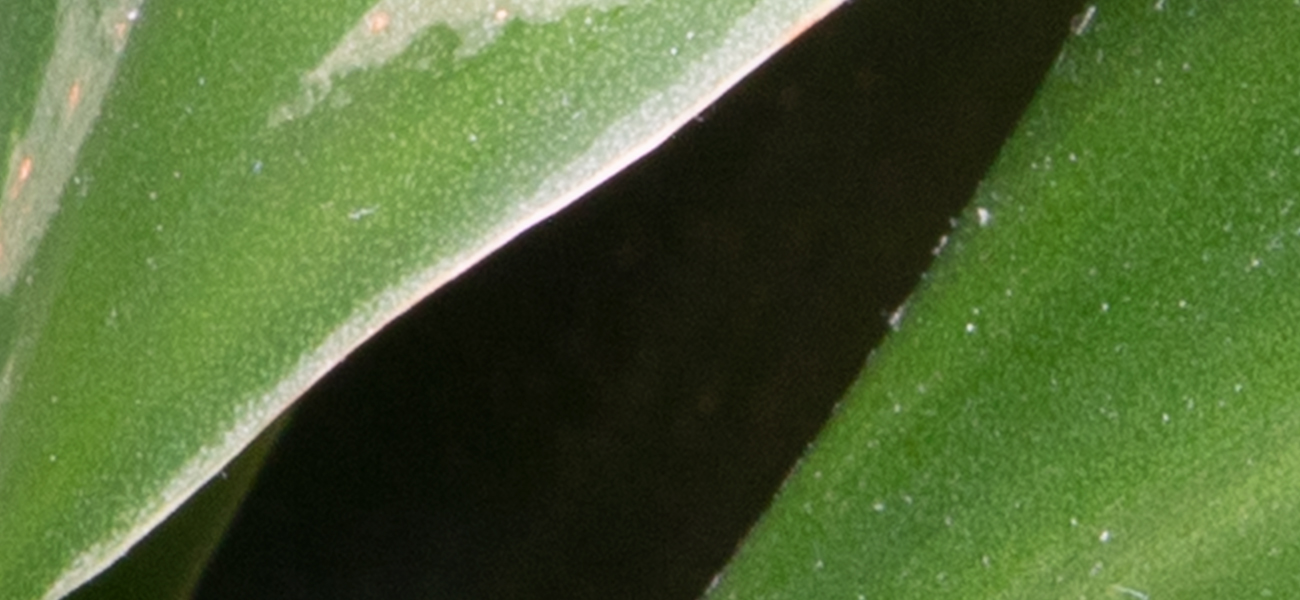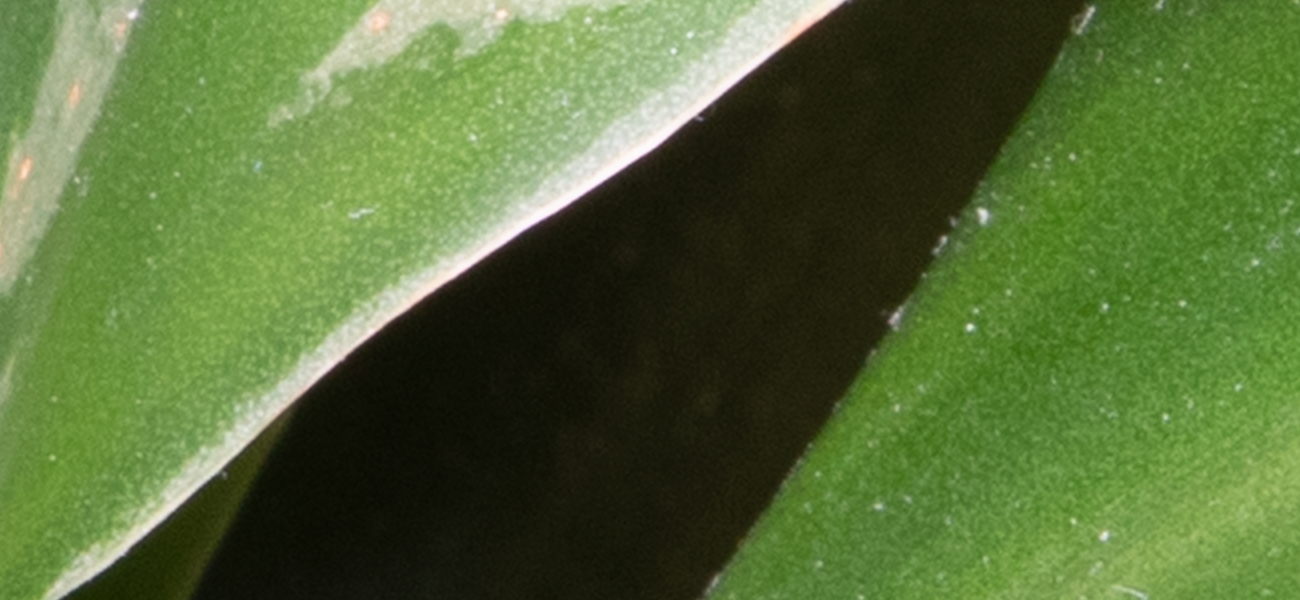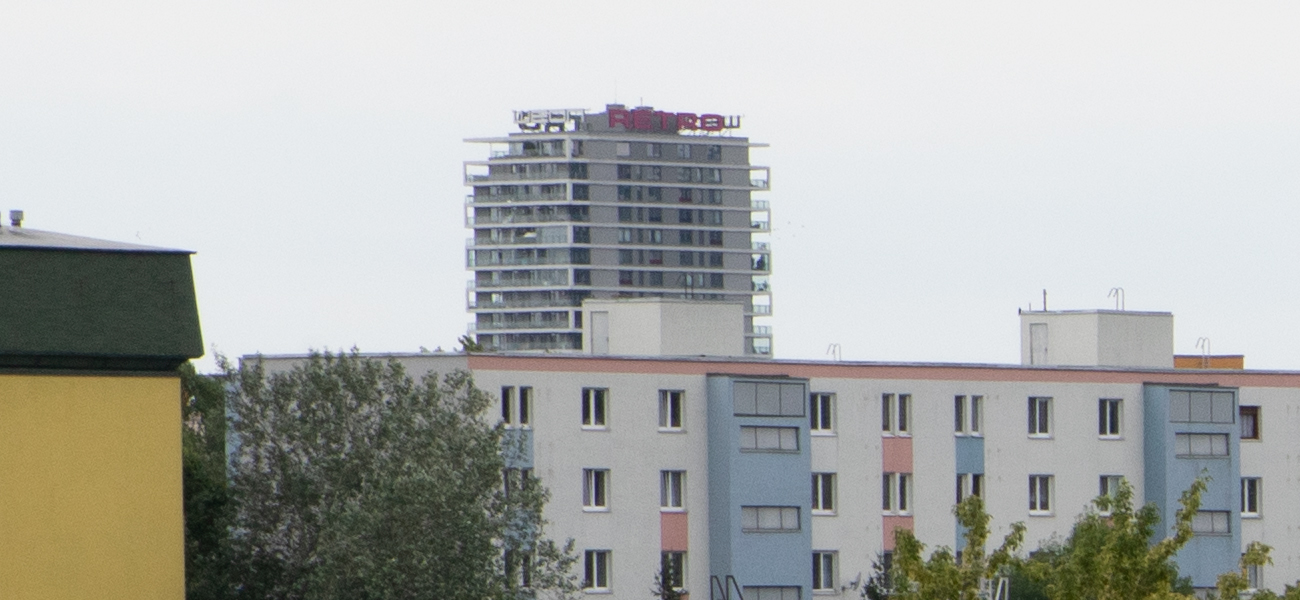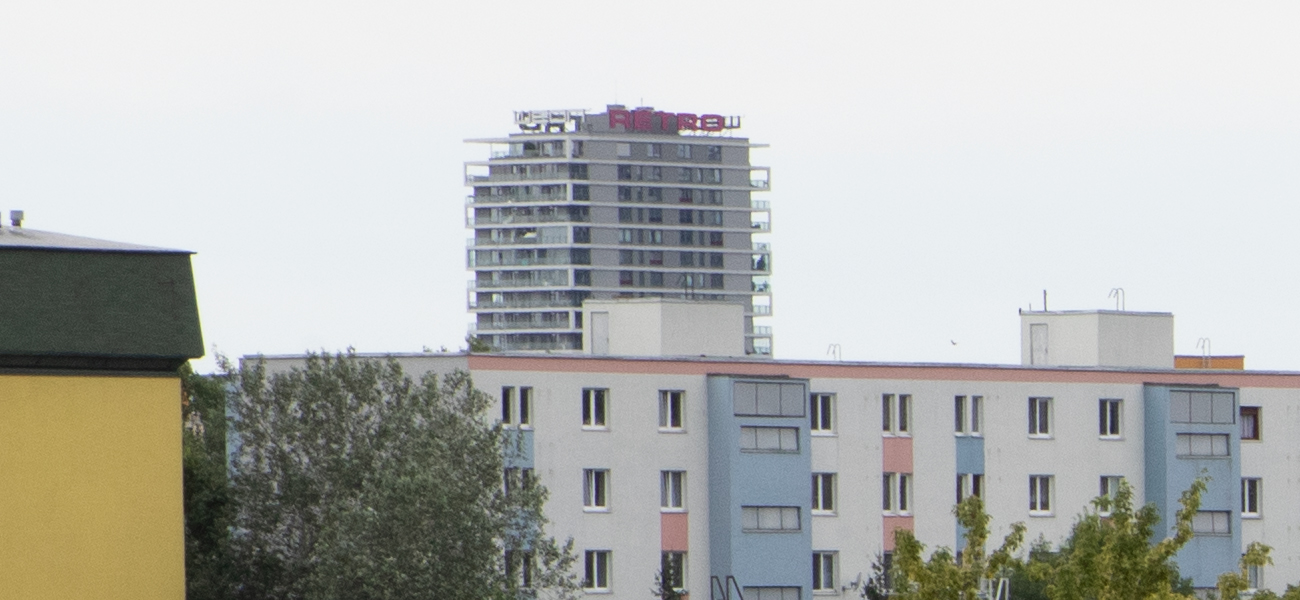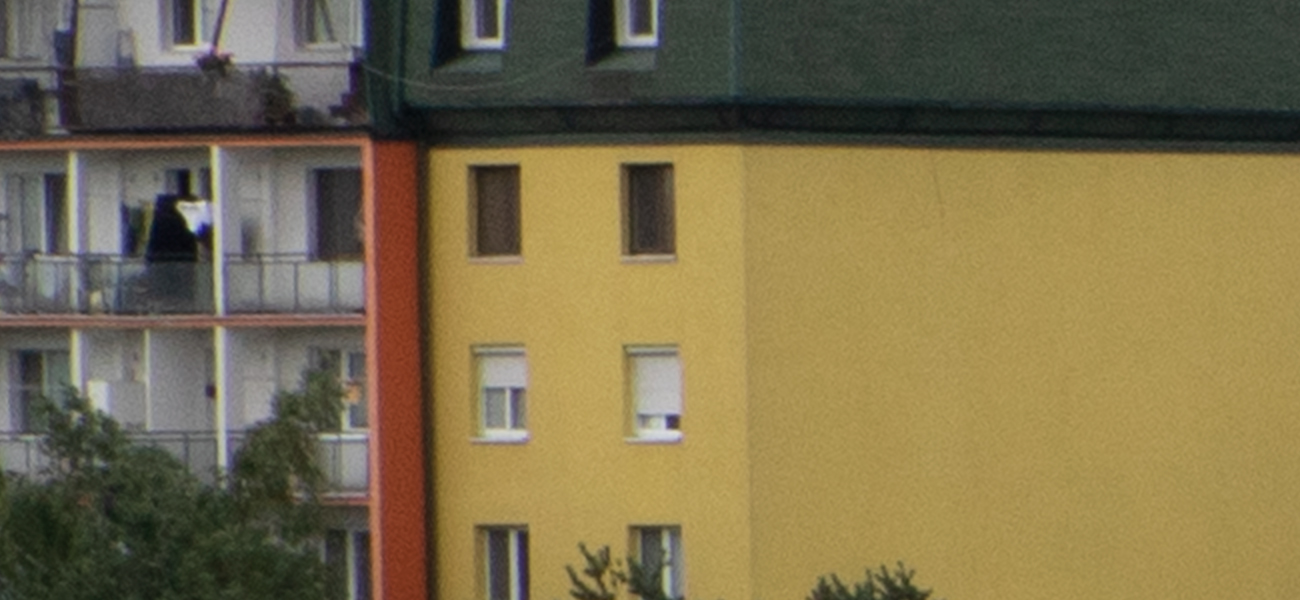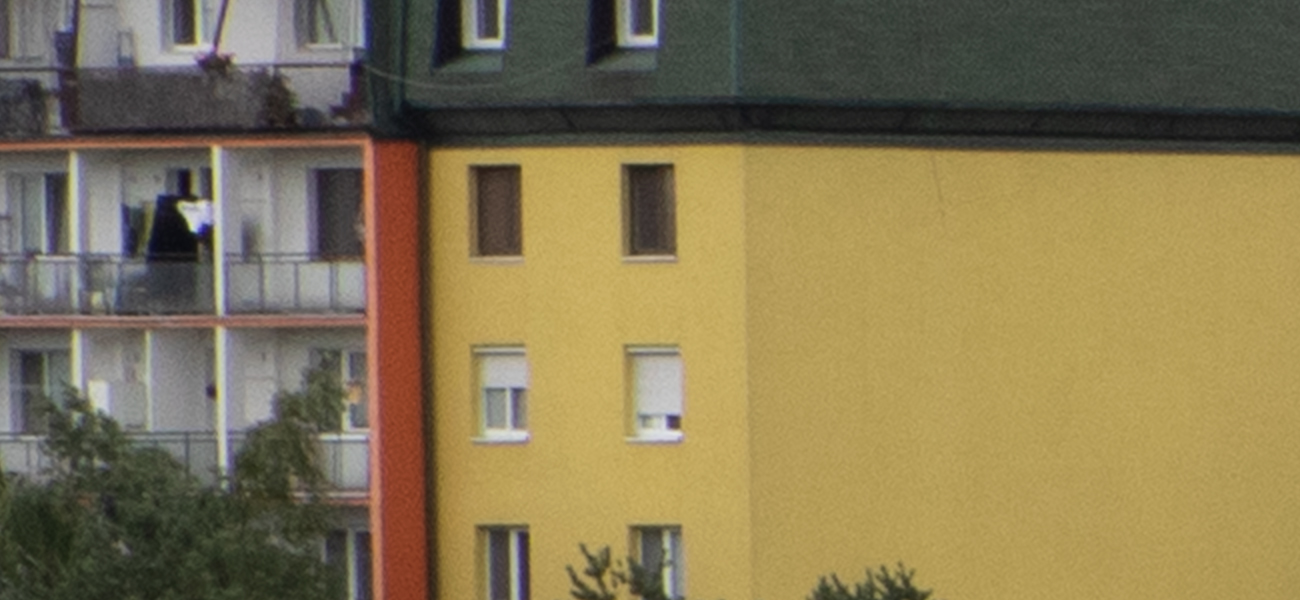Peak Design Travel Tripod
If you were thinking of getting the new Travel Tripod from Peak Design, now you can still have a chance to get it for the Kickstarter price. The campaign ends in 7 days, so if you want it, now is the time.
You can find the Kickstarter page here.
Late evening at the Business Bay in Dubai
Today’s photo is another one from last year’s trip to Dubai. This one was taken one late evening in the Business bay. I really like to include the railing in this area, as it creates a nice curved line that guides your eyes into the photo. It especially looks good with a nice wide angle lens, like the 12mm one I used here.
If you need some tips for spots to take photos in Dubai, check out my Top photography spots in Dubai list.
This is a blend of three exposures, done in Photoshop.







